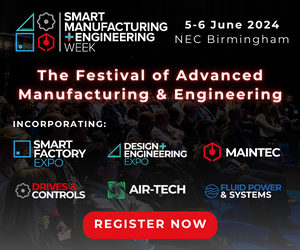
Researchers from Monash University in Melbourne, the University of Queensland in Brisbane and the University of Manchester have discovered a new design motif based on invertebrate exoskeletons that may help to create more damage-tolerant materials for use in the construction industry.
According to Professor Wenhui Duan from Monash’s Department of Civil Engineering, who led the research, the new pattern, which joins the eight known and common biological structural design patterns, can add extra strength to commonly used building materials such as composites and cement, and may help to reduce carbon emissions, potentially reducing the use of cement by improving the material’s damage tolerance.
Concrete is a so-called ‘brittle material’ – that is, it’s strong but easily broken. A crack in a small area of concrete can cause the whole structure to fail rapidly. Insect exoskeletons, on the other hand, are both strong and capable of absorbing a lot of energy by deforming under loading, making them more tolerant of damage.
The researchers discovered that these exoskeletons have an asymmetrical rotation mechanism that enables them to achieve both strength and damage tolerance. They used this insight to create the new design motif.
Using 3D-printing, combined with nanotechnology and artificial intelligence, the researchers fabricate a segmented honeycomb polymer scaffold, which was then combined with cement to create alightweight composite.In tests, the material demonstrated a superior load-bearing capacity and a unique progressive-failure pattern. In particular, they showed that the material had a high compressive strength – about 200 per cent higher than cellular foam concrete.
Interestingly, the material is actually weaker at some points, which allows the material to undergo the same asymmetrical rotation as an insect exoskeleton. And thanks to the new design, if the material is damaged, it will tend to fail layer by layer rather than all at once as conventional concrete would. According to the researchers, the damage is contained within a particular region of the material, while the rest of the structure can still maintain about 80 per cent of its load-bearing capacity.
‘We demonstrated the application of this design motif in producing a high-strength, damage-tolerant lightweight cement material,’ said Professor Duan. ‘In addition, this design motif can also be applied to various materials such as ceramic, glass and polymeric and metallic materials for advanced materials design, energy storage/conversion and architectural structures.’
Since the 1972 discovery of the helical structure, one of the most common structural patterns in biology, there has been a drive to extract design motifs from the more than seven million living species in the world to aid the fabrication of structured and structural materials. After almost 50 years of research, remarkable repetitions have been confirmed in most classes of species, but only eight categories of design motif have ever been extracted and adopted in materials design, until now.
The new design structure has been identified in a number of species from different animal groups, including the exoskeletons of arthropods and the legs of mammals, amphibians and reptiles.
The research has been published in Nature Communications.



